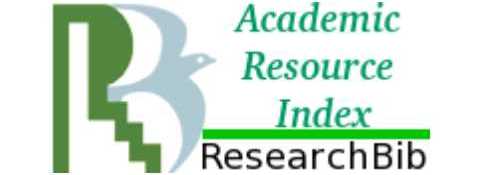DEVELOPMENT OF THE MODEL OF ESTIMATION AND FORECASTING OF THE STATE OF SOILS OF RURAL-URBAN TERRITORY ON THE BASIS OF THE ARTIFICIAL NEURAL NETWORK
Today, the construction of residential complexes is one of the priority areas of the dynamic regions of the Russian Federation, in particular, it should be noted private housing construction. As a result, special components of urban agglomerations are formed and intensively developed – rural-urban areas. However, the planning and development of such territories in the regions of Russia is mainly carried out without consideration of environmental security. As a result, ruralurban areas often fall into environmental risk zones. In this regard, it becomes important to ensure effective management of planning and development of rural-urban areas, taking into account their environmental safety, which is associated with the research and development of effective methods and models for supporting decision-making in this area. One of the most important components of the natural environment of rural-urban areas is the soil, the state of which affects both the ability to grow crops and the health of the living population. This article examines the results of modeling the state of the soil environment of rural-urban areas located in the area of action of highways. The authors proposed a mathematical model in the form of an artificial neural network, which makes it possible to estimate and predict the concentration of pollutants in the soil, depending on the parameters of motor traffic flows and the engineering characteristics of the adjacent road. This model is implemented using a package of application programs and functions of the Neural Network Toolbox of the MATLAB system. The resulting information can be used to make effective management decisions in the planning, education, development and development of these territories.
















While nobody left any comments to this publication.
You can be first.
The references will appear later